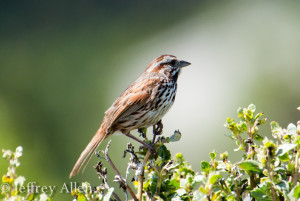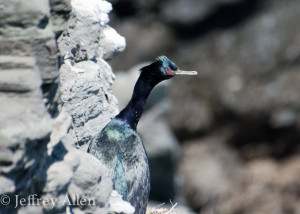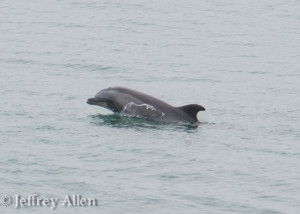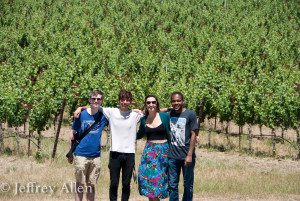I’ve received reports that some people feel like my photographs are not representative of the taxonomic diversity here at The Sea Ranch. Some people have claimed that my blog posts are still an “old birds club,” “yet another example of the rampant speciesism that permeates the scientific community” and “just another blog in which the orders Pelicaniformes, Charadriiformes and Suliformes are chronically overrepresented while other taxa fall by the wayside.” In light of these accusations I have been forced to reconsider how my posts are influenced by, and contribute to the systematic oppression certain taxa face in their everyday lives. Starting today, I have taken a pledge to increase the taxonomic diversity featured in these blog posts.
We start off in a completely different class with a member of the order Rodentia. These squirrels were seen on our trip up to Ft. Bragg to see Glass Beach.
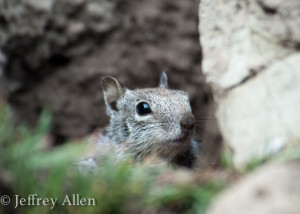
A member of the order Rodentia, taking a peak of from behind some vegetation. Seen at glass beach in Ft. Bragg

Contemplating all the ways in which speciesism touches the lives of all organism and what he can do to change.
In the unlikely scenario that someone is holding a gun to your head and will only spare your life if you can identify the order of a bird specimen, your best guess would be Passeriformes. The passerines, or perching birds, account for over half of all species of birds, including many of the most familiar birds like warblers, jays, finches and many many more. One of the defining features of this order is their anisodactyl feet, which is a scientific way of saying they have three toes facing forward and one toe facing backwards. This foot arrangements facilities perching on things like branches and telephone wires.
Traditionally cormorants were placed in the order Pelicaniformes along with pelicans, egrets, and herons. Later Pelicaniformes was absorbed into the heavily restructured Ciconiformes which somehow managed to include grebes, vultures, storks, penguins, falcons, gulls, and albatrosses. Finally, the cormorants have found their place in the order Suliformes with their cousins the anhingas and the boobies.
The Black Oystercatcher is a member of the “privileged” order Charadriiformes. Charadriiformes includes many of the most common birds we observe on Guala Point Island, including the Pigeon Guillemot, Western Gull, Common Murre and the eccentric Black Oystercatcher.
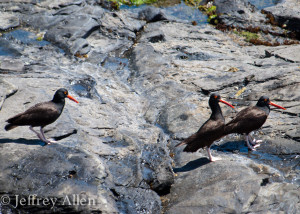
Black Oyster Catchers calling. Members of the privileged order Charadriiformes that receives so much attention here at The Sea Ranch
We don’t see too many dolphins here so being able to see a pod of 5 of these guys was certainly a treat. This certainly isn’t the greatest photo out there since they were pretty far away and I was caught tripodless but I figured I had to include it. The summer isn’t a great time Ceteceans at The Sea Ranch since most of the whales are up in Alaska eating to their car sized hearts content.
A special thanks to Prof. Karnovsky for sharing her taxonomic knowledge in Vert Bio (aka the best class ever).

